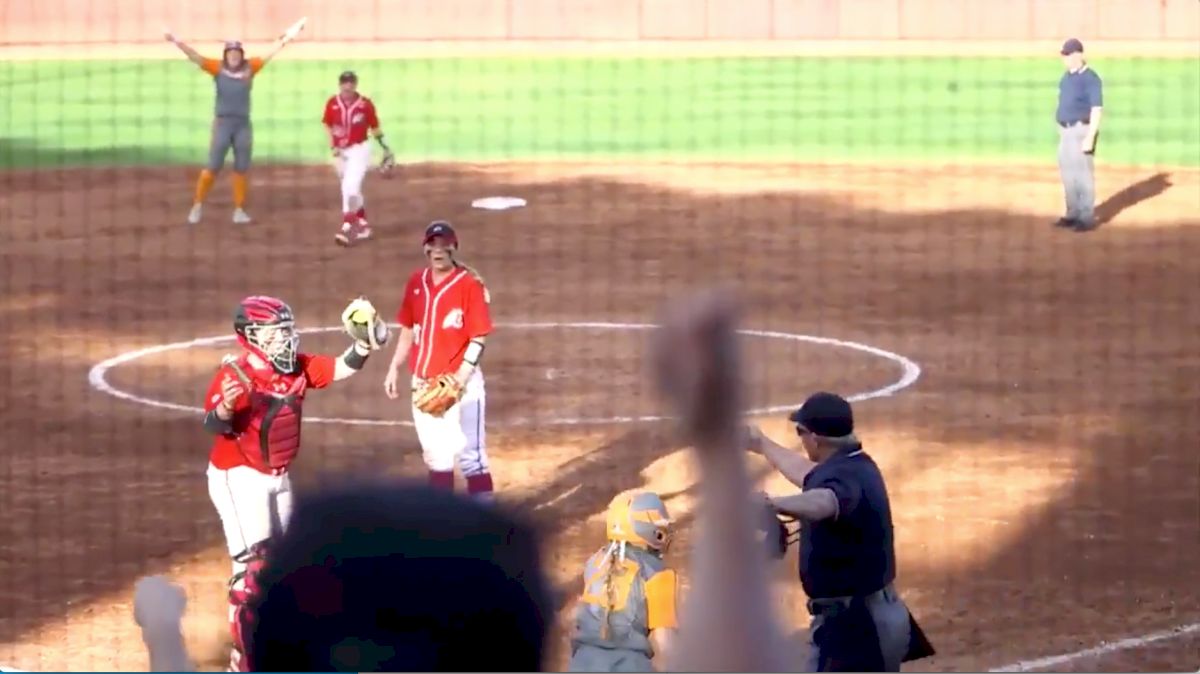You Make The Call: Obstruction Or No Call?
You Make The Call: Obstruction Or No Call?
In the bottom of 7th inning, Utah makes a play at the plate against Tennessee. Obstruction?

Last season, controversial obstruction calls were the topic of the WCWS and postseason play. The NCAA tweaked the obstruction rule this season in hopes of gaining clarity for umpires and teams. "In the act of catching" is now reduced to "in possession of the ball."
This weekend the obstruction call was called into question in the bottom of the 7th inning with a play at the plate during the Utah/Tennessee game at the Kajikawa Classic.
A Tennessee win was declared after the obstruction signal was called by the home plate umpire. What do you think?
WALK IT OFF!
— Tennessee Softball (@Vol_Softball) February 11, 2018
Down two in the bottom of the 7th and the bases loaded, @AbigailLockman_ came up clutch with a bases-clearing double to send the #LadyVols to a 6-5 win over Utah ? pic.twitter.com/9gNUeKfEoA
1.36 Obstruction
The act of a defensive team member that hinders or impedes a batter’s attempt to make contact with a pitch or that impedes the progress of a runner who is legally running the bases, unless the fielder is in possession of the ball, is fielding a batted ball or is in the act of catching a thrown ball. The act may be intentional or unintentional and applies to live-ball action only.
9.5.2 Fielder Obstruction.
9.5.2.1 A fielder who is not in possession of the ball, not in the act of fielding a batted ball or not in the act of catching a thrown or pitched ball, shall not impede the runner.
9.5.2.2 A fielder shall not intentionally alter the course of a fair ball with the intent to cause the ball to go foul (for example, blow on a rolling ball or dig in the dirt).
9.5.2.3 A fielder shall not position herself in the base runner’s line of vision to obviously prohibit her from seeing the first touch of a fly ball.
9.5.2.4 A fielder in the act of fielding a batted ball or in the act of catching a thrown ball shall not intentionally alter her motion to obstruct the batter-runner or base runner.
9.5.2.5 A fielder shall not fake a tag (a tag without the ball) on a runner advancing or returning to a base.
Here's a different view:
Obstruction. I get it. It’s the way the “rule is written”. But we end the game on this call and a player makes a fantastic play. She sets up in front of the plate. Ball takes her up the line. We are taking athleticism and instincts away from a player because of “how it’s written” pic.twitter.com/D15RM0XEg0
— maggie livreri (@MaggieLivreri) February 11, 2018